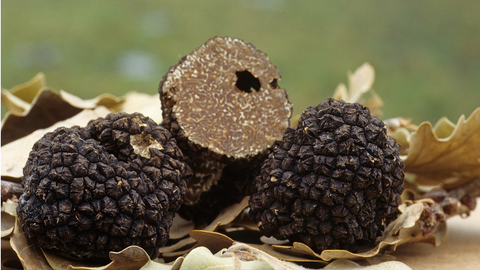Have you ever noticed that some Italian dishes in America seem a little, well, different from what you might find in Italy? You're right! Over time, Italian cuisine has been creatively adapted to suit American tastes, resulting in some truly delicious (and sometimes surprising) variations. Let's explore some of these unique American takes on Italian classics!
Maccheroni e Formaggio (Mac & Cheese)

This American staple features a baked casserole of macaroni pasta enveloped in a creamy béchamel sauce, infused with melted cheddar and Parmesan cheeses. While undeniably comforting, it bears little resemblance to traditional Italian dishes, which typically wouldn't feature a cheese sauce.
Carbonara Sbagliata (Wrong Carbonara)

This iconic Roman recipe, Carbonara, has suffered some creative interpretations in America. The addition of cream, peas, vegetables, or alternative proteins strays from the original recipe, which uses just eggs, cheese, cured pork (guanciale or pancetta), and black pepper.
Pizza ai Peperoni (Pepperoni Pizza)

In America, "pepperoni" refers to a spicy salami, quite different from the red bell peppers the term translates to. This popular pizza topping originated in the US around 1919, showcasing the cultural adaptation of Italian cuisine in America.
Salsa Italiana (Italian Dressing)

In Italy, the traditional condiment for salads is simply olive oil, salt, and sometimes vinegar or lemon juice. What's known as "Italian dressing" abroad is actually a type of salad vinaigrette, made with vinegar or lemon juice, vegetable oil, chopped peppers, sugar or corn syrup, and a blend of herbs and spices that may include oregano, fennel, dill, and salt. This dressing is a North American invention, not directly derived from Italian tradition.
Pizza all’Ananas (Hawaiian Pizza)

An unusual recipe with a tropical taste that is almost nonexistent in Italy. It was invented by Sam Panopoulos, a Greek immigrant who experimented with it and spread it to Canada in 1962, where its characteristic sweet and savory flavor met the taste of the local clientele and forever profaned the concept of the classic Italian pizza.
By exploring these variations, we gain a deeper appreciation for the adaptability and enduring appeal of Italian cuisine. While some dishes may differ from their Italian roots, they represent the delicious evolution of food traditions as they travel the world. So the next time you enjoy a slice of your favorite pizza or a comforting bowl of Mac and Cheese, remember: it's all part of the incredible journey of Italian food around the globe!



